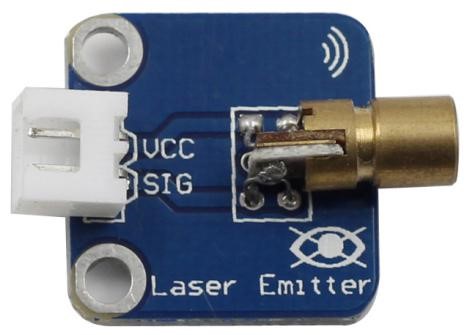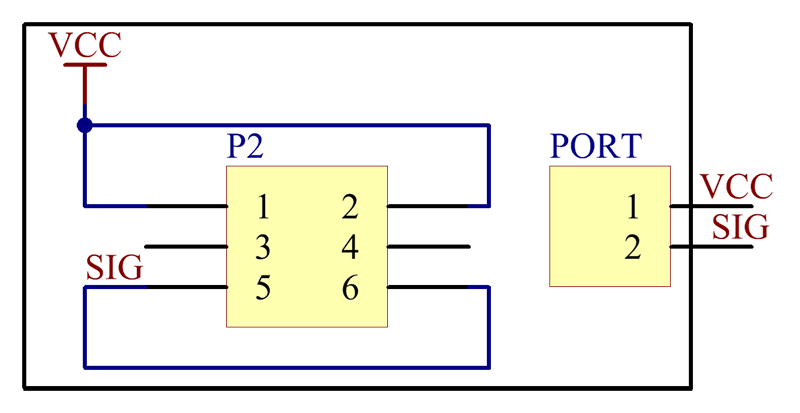Difference between revisions of "Laser Emitter Module"
(Created page with "=='''Introduction'''== File:Laser1.jpg<br> Laser is widely used in medical treatment, military, and other fields due to its good directivity and energy concentration. The...") |
(→Resources) |
||
| (3 intermediate revisions by the same user not shown) | |||
| Line 17: | Line 17: | ||
The module is applicable to positioning in laser sights, concentricity and medical equipment, laser test tools, signal generator, etc.<br> | The module is applicable to positioning in laser sights, concentricity and medical equipment, laser test tools, signal generator, etc.<br> | ||
=='''Resources'''== | =='''Resources'''== | ||
| − | [ | + | [https://www.sunfounder.com/learn/Sensor-Kit-v2-0-for-Arduino/lesson-29-laser-transmitter-sensor-kit-v2-0-for-arduino.html Test Experiment for Arduino][[File:LINK.jpg]]<br> |
| − | [ | + | [https://www.sunfounder.com/learn/sensor-kit-v2-0-for-raspberry-pi-b-plus/lesson-5-laser-emitter-module-sensor-kit-v2-0-for-b-plus.html Test Experiment for Raspberry Pi][[File:LINK.jpg]] |
Latest revision as of 03:05, 4 July 2016
Contents
Introduction

Laser is widely used in medical treatment, military, and other fields due to its good directivity and energy concentration. The Laser Transmitter module, as the name suggests, is a one that can emit laser.
A laser is a device that emits light through a process of optical amplification based on the stimulated emission of electromagnetic radiation. Lasers differ from other sources of light because they emit light coherently.
Spatial coherence allows a laser to be focused to a tight spot, enabling applications like laser cutting and lithography, and a laser beam to stay narrow over long distances (collimation), enabling applications such as laser pointer. Lasers can also have high temporal coherence which allows them to have a very narrow spectrum, i.e., they only emit a single color of light. And its temporal coherence can be used to produce pulses of light—as short as a femtosecond.
The schematic diagram of the module is as follows:

Features
1) Use a laser that emits light through a process of optical amplification based on the stimulated emission of electromagnetic radiation.
2) Laser wavelength: 650nm (red)
3) Beam mode: spot, continuous output
4) Working voltage: 3-5V DC; PCB size: 2.0 x 2.0 cm
5) Operating life cycle: > 1000h
6) Working current: < 25mA
7) Operating temperature: -36℃ ~ 65℃
Application
The module is applicable to positioning in laser sights, concentricity and medical equipment, laser test tools, signal generator, etc.
Resources
Test Experiment for Arduino![]()
Test Experiment for Raspberry Pi![]()